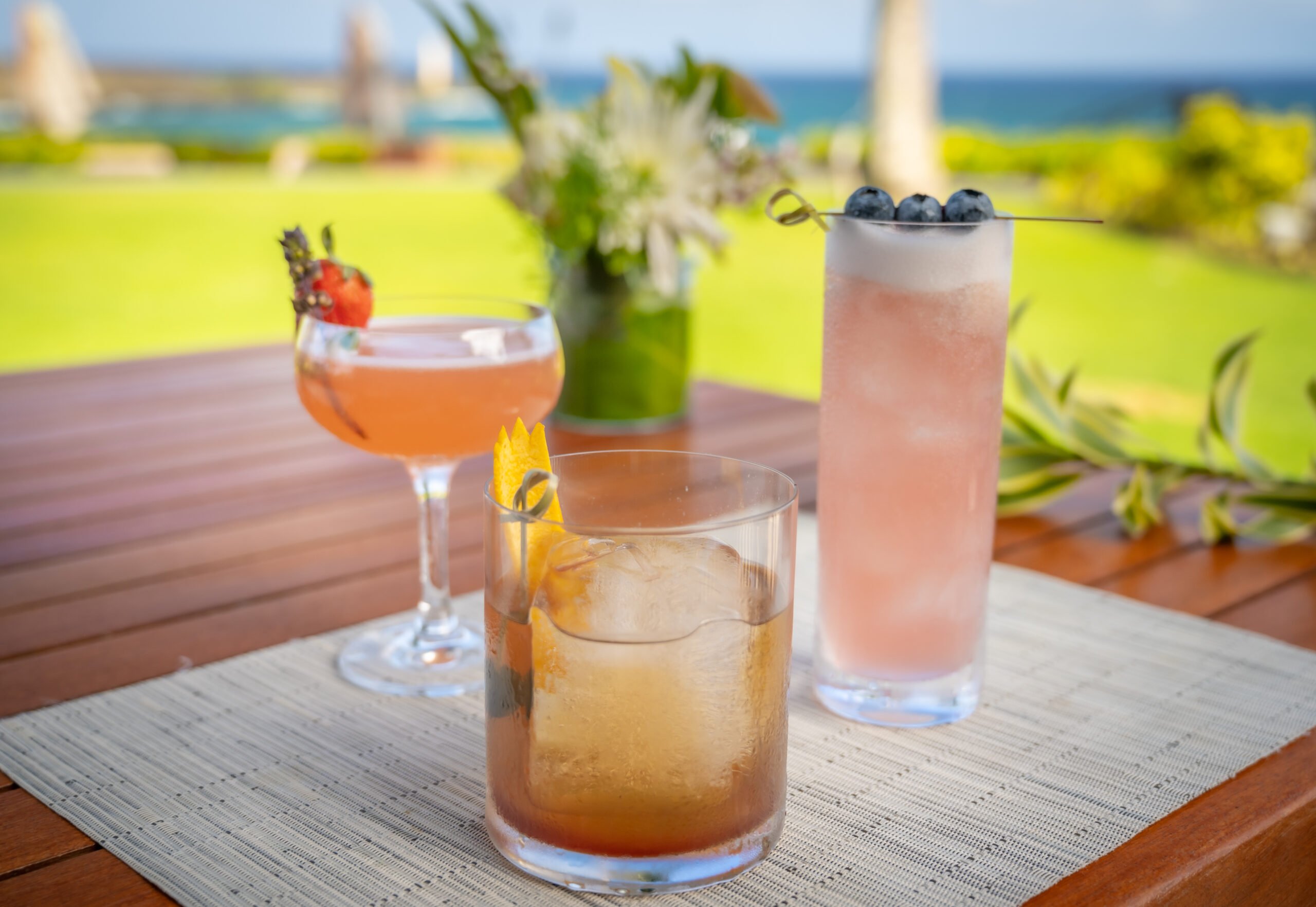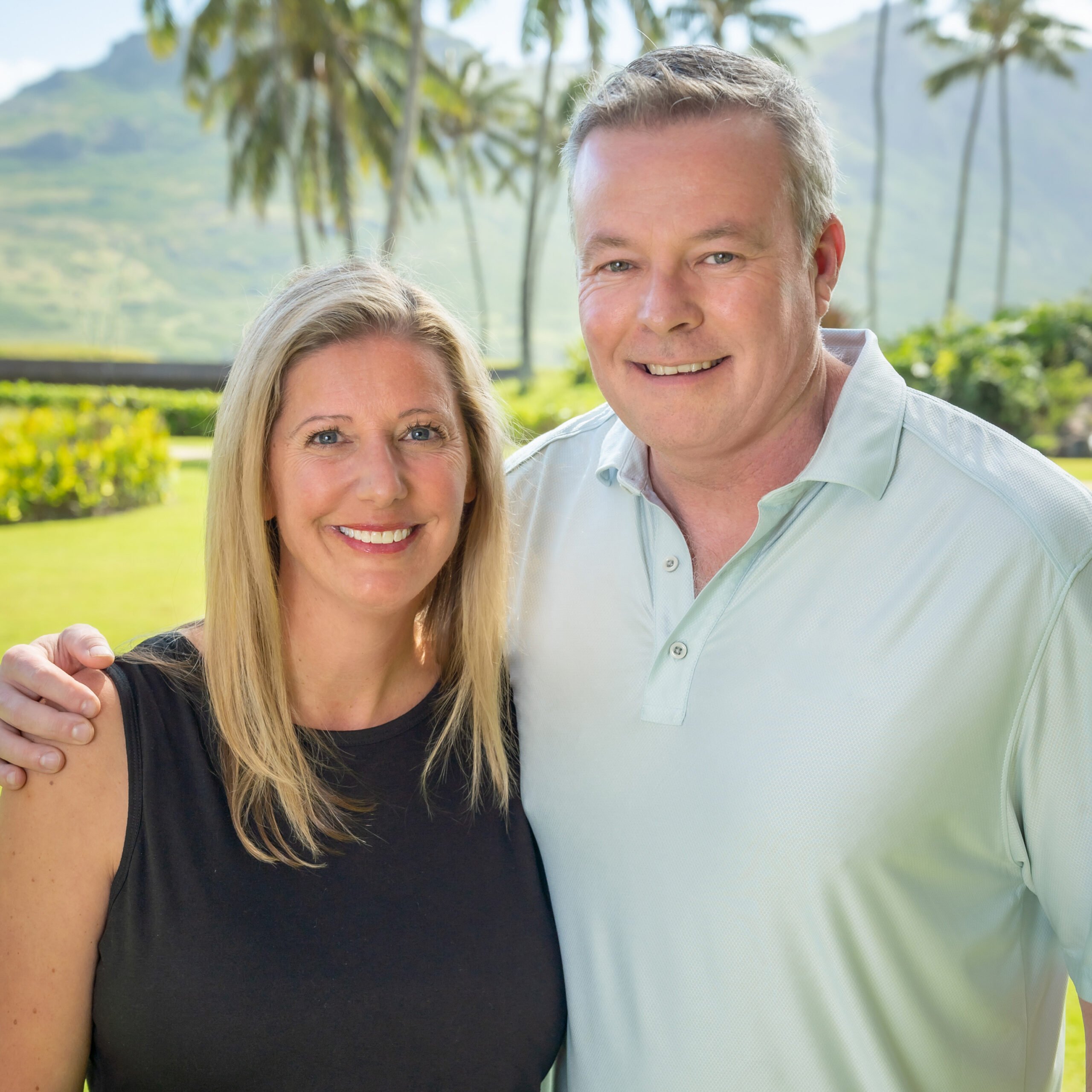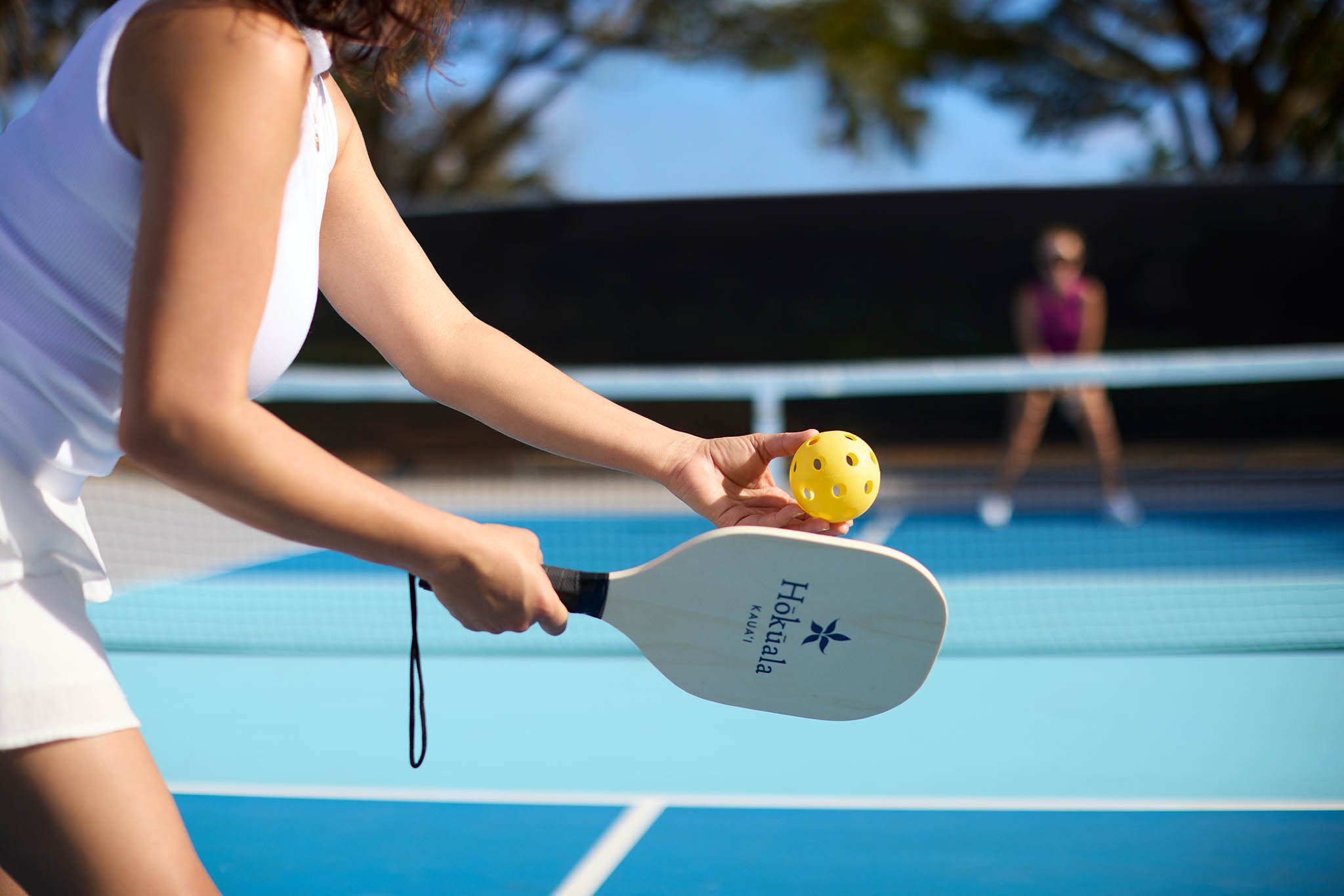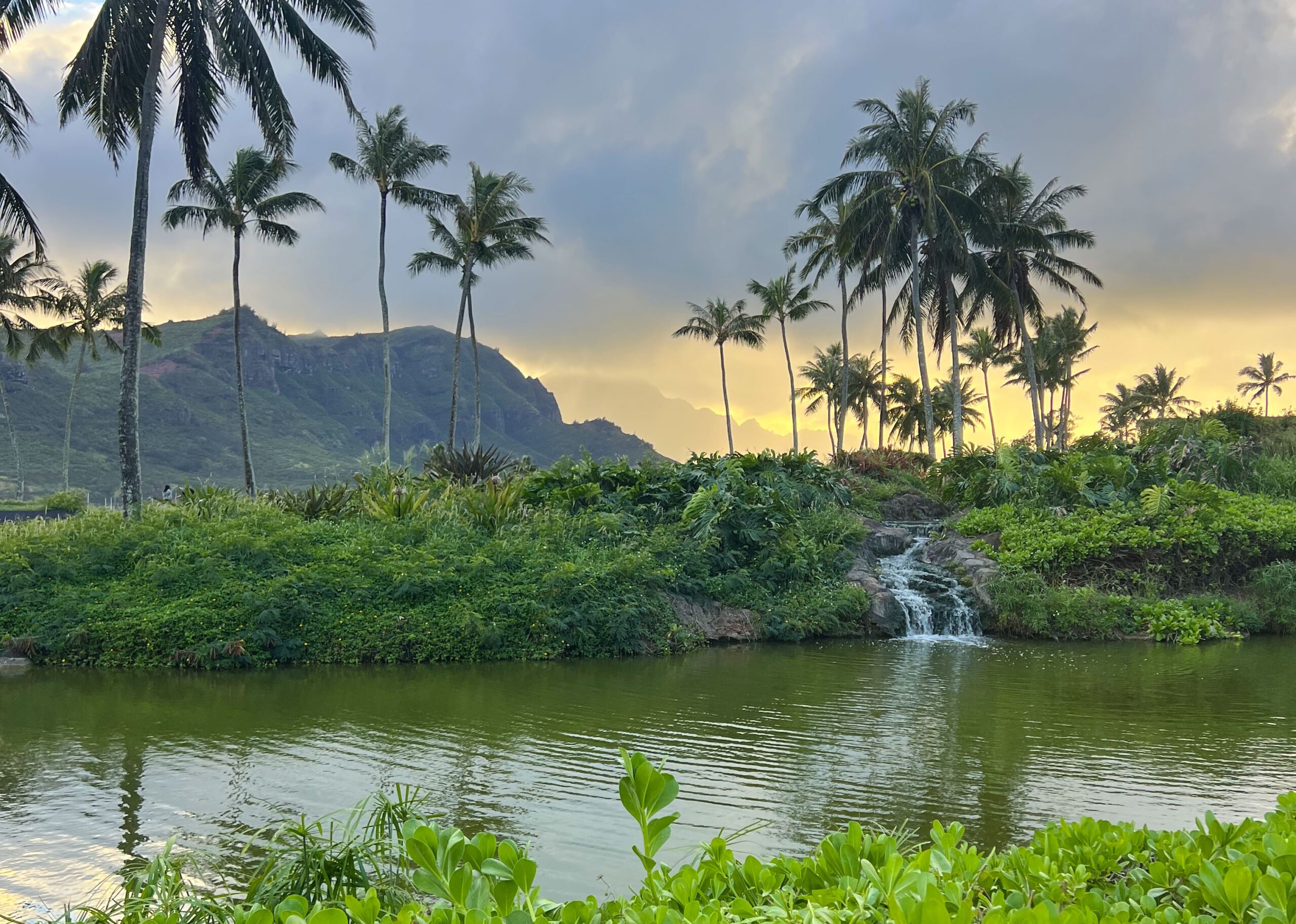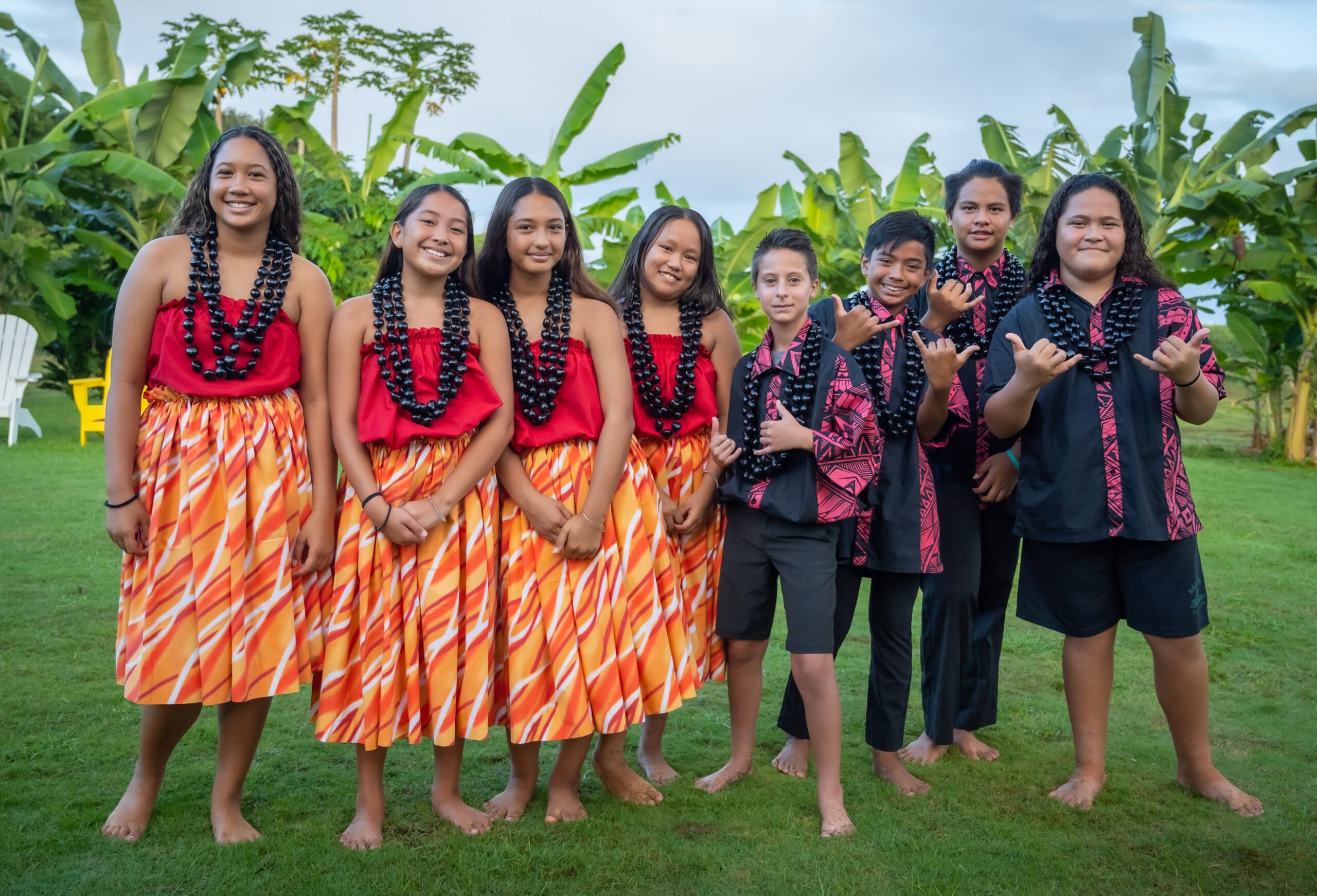Endangered Species on Kaua'i
August 26, 2022
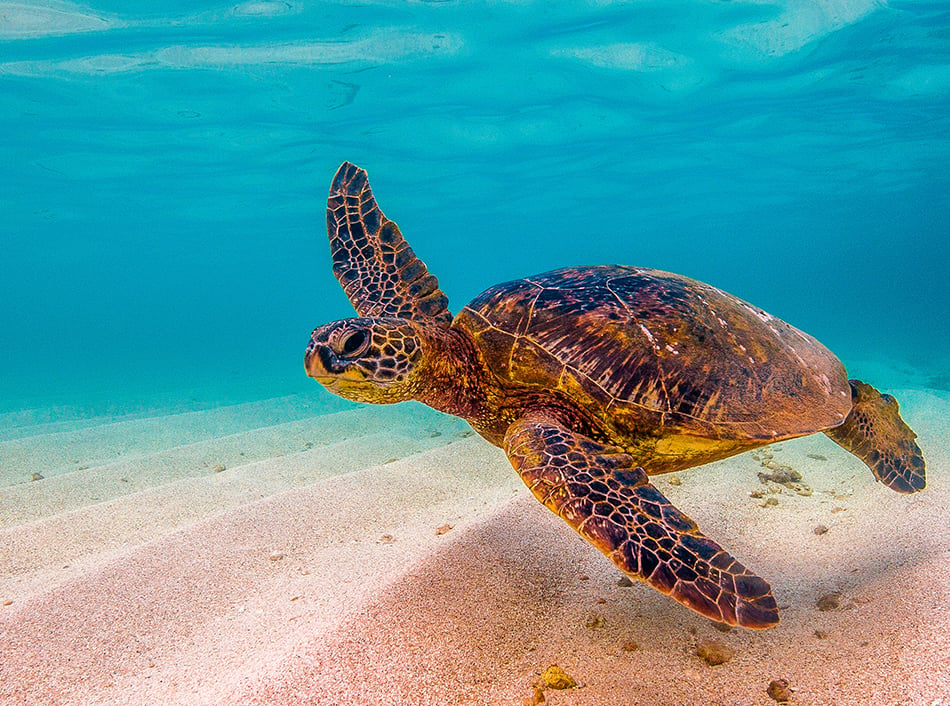
The state of Hawaiʻi hosts an incredibly diverse selection of wildlife that can only be found within the state’s delicate ecosystem. Unfortunately, the introduction of new plant, human, and animal life over the centuries has altered the food chain, and affected native growth. The Pacific Islands Fish and Wildlife Office lists more than 400 threatened and endangered species across the state, which is why it is so important to learn how to best preserve our native species.
Here are a few of the prominent plant and animal species in danger here on Kauaʻi, and how you can help.
1. THE HAWAIIAN MONK SEAL (ʻĪLIOHOLOIKAUAUA)
If you make your way to Poʻipū Beach Park on Kauaiʻs south shore, you will likely encounter a roped-off area with a monk seal sunning itself in the middle, unobstructed from the shoreline. The ʻīlioholoikauaua, or “dog that runs in rough waters”must be left undisturbed, as they are digesting while enjoying a sunny nap on our shores. If they are disturbed–by us, our pets, or something else, they may head back into the water before they are fully rested, which puts them in significant danger of becoming easy prey. If you do come across one, be sure to keep a minimum of 30 feet, and try not to disturb their slumber…even for a selfie. Despite their presence here on Kauaʻi, the Hawaiian monk seal is America’s most endangered marine mammal and the second-most endangered on the planet. If you would like to learn more about the Hawaiian monk seal or to volunteer, please visit the Hawaiian Monk Seal Conservation Hui or Kauaʻi Monk Seal Watch Program.
2. WATER BIRDS
Timbers Kauaʻi is home to five endangered water bird species. You may notice our 14 MPH signs as you drive through the property. Those signs are in place specifically to help guests slow down and avoid hitting one of the precious birds that call Hōkūala home. Hawaii’s state bird, the Nēnē Goose is among the protected species on property. In Hawaiian culture, they are seen as a symbolic joining force between the mountains and the coast because of their seasonal movements. Hōkūala is the perfect environment for these endangered birds, with both mountains and coastline, water and food sources, ample nesting areas, and minimal predatory threats.
3. HAWAIIAN GREEN SEA TURTLE – HONU
Hawaiian green sea turtles, or honu, are native to Hawaiʻi. You may notice this BIG (lengths of four feet and 300 lbs!) bugga bobbing in the water, or chowing down on some sea grass while you’re snorkeling. The honu population has dipped due to overfishing, pollution, disease, and many other factors. The best way to preserve the wellbeing of our sea turtles is to keep our beaches clean, and always keep your distance. Admiring these beautiful (and sometimes beached) turtles from at least 10 feet away is a best practice. For more information on sea turtles, visit the NOAA marine turtles site and the NMFS Pacific Islands Regional Office turtle site.
4. CYANEA KUHIHEWA
Since 2016, botanists with the National Tropical Botanical Garden have used drones to help find rare and endangered Hawaiian plants growing along Kauai’s remote cliffs. Once located, the plants are then propagated in a climate-controlled lab and greenhouse facility at the Conservation and Horticulture Center in the McBryde Garden, currently producing over 10,000 plants per year. The linear leaf Cyanea species was first discovered by NTBG staff in upper Limahuli Preserve on Kauai’s north shore. Unfortunately, after Hurricane ʻIniki, the population was destroyed and the species went extinct. Although Cyanea kuhihewa had never been successfully cultivated, another population was recently discovered. This new colony eventually produced several thousand seeds giving NTBG and its conservation partners hope for this species in the future. Interested in learning more about preserving Hawaii’s plants? Take a tour or volunteer at one of the NTBG locations!
5. FOREST BIRDS
In the last 50 years, disease-carrying mosquitoes, environmental factors and habitat loss have eliminated several Hawaiian forest bird species. At one point, 16 forest bird species called Hawai’i home, and now only eight remain – six of which are right here on Kauaʻi: ‘Akekeʻe, ‘Akikiki, ‘Anianiau, ‘Amakihi, Kauaʻi ‘Elepaio, and Puaiohi. The Kauaʻi Forest Bird Recovery Project offers the following for ways you can help, wherever you are:
- Practice energy conservation. Turn out the lights, turn down the heat, unplug appliances you’re not using, and use your car less.
- Offset your carbon footprint: plant a tree or donate to a carbon offset program
Those of you on Kauaʻi, please also consider:
- Keeping your cats indoors, especially at night.
- Emptying and turning over receptacles that collect water that might provide breeding habitat for mosquitoes (which spread avian diseases.)
It is our kuleana (responsibility) to ensure that these native species have the opportunity to thrive. Stay tuned for more information on beach clean-up initiative options for visitors through Timbers Kauaʻi.


